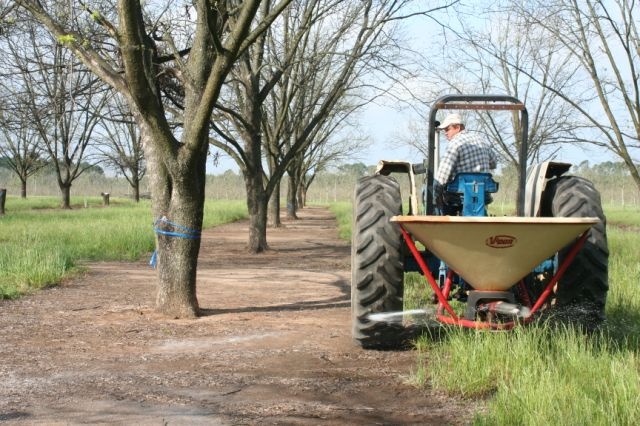By Clint Thompson
Nutrient management is a way pecan producers can decrease their input costs heading into the 2022 harvest season, says Lenny Wells, University of Georgia Extension pecan specialist.
It starts with soil samples, which can be done any time of the year. But Wells stresses that growers do it at the same time every year.

“If you take a soil sample or leaf sample and you get the results back from that, they’re always going to list to apply a maintenance application, usually for nitrogen, phosphorous and potassium. They’re usually the main three. Sometimes with pecans, you’ll get zinc thrown in there,” Wells said. “We have thresholds for each of those nutrients, typically phosphorous, potassium and zinc where if you know what to look for and you can look at your leaf sample and soil sample to determine if you really need that maintenance application or not. You can save a tremendous amount of money doing this.”
If farmers apply a maintenance application every year, they can spend more money than they really need to produce the crop. Certain nutrients, like phosphorous and zinc, can linger in the soil for extended periods of time. Growers may not need to make applications this season.
“Especially phosphorous and zinc, they’re always going to stay in the soil. Once you build up to the level they need to be, they’re going to stay there for a long time. Potassium, in a lot of soils, will linger longer than something like nitrogen will. It may not linger longer than phosphorous or zinc, and certainly in sandy soils, potassium is going to drop a lot faster than it will in a loamy soil or clay soil. You’ve got to understand your soil type as well when you’re dealing with it,” Wells said.
Nitrogen, however, is a different story. A pecan tree will use what it needs of nitrogen every year, and what’s remaining will leach out. Growers need to apply nitrogen.










